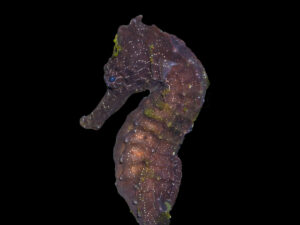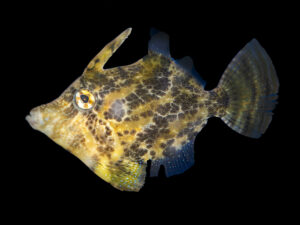Related products
-
Kuda Seahorse
$75.00Select options This product has multiple variants. The options may be chosen on the product page -
Stars & Stripes Pufferfish
$75.00Select options This product has multiple variants. The options may be chosen on the product page -
Blue/Green Chromis
$15.00Select options This product has multiple variants. The options may be chosen on the product page -
Barrier Reef Chromis
$15.00Select options This product has multiple variants. The options may be chosen on the product page -
Coral Beauty Angelfish
$55.00Select options This product has multiple variants. The options may be chosen on the product page -
Maroon Clownfish
$45.00Select options This product has multiple variants. The options may be chosen on the product page -
Clown Goby – Yellow
$45.00Select options This product has multiple variants. The options may be chosen on the product page -
White Cheek Tang
$150.00Select options This product has multiple variants. The options may be chosen on the product page -
Lyretail Anthias
$75.00Select options This product has multiple variants. The options may be chosen on the product page -
Aiptasia Eating Filefish
$55.00Select options This product has multiple variants. The options may be chosen on the product page -
Emperor Angelfish
$400.00Select options This product has multiple variants. The options may be chosen on the product page -
Pyramid Butterflyfish
$75.00Select options This product has multiple variants. The options may be chosen on the product page
Swallowtail Angelfish
Please Note: Due to variations within species, your item may not look identical to the image provided. Approximate size range may also vary between individual specimen.
Genicanthus melanospilos
Deep dive >
Quick Stats
- Dietry Requirements
- Compatible With
- Maximum Fish Size (cm)
- Minimum Tank Size (L)
- Same Species Aggression
- Other Species Aggression
- Care Requirements
The Swallowtail Angelfish is one of the few angelfish to exhibit dramatic sexual dimorphism.
The female is yellow dorsally, and light blue ventrally. The caudal fin is blue highlighted by a dark, blue-black edging on the top and bottom. The male is marked with a series of vertical red stripes covering the entire pale coloured body. The tail of the male is forked and is yellow with blue edges.
A minimum of a 450 litre tank or larger with lots of hiding places and live rock for grazing will offer an environment in which to thrive. An exception to most angelfish, the Swallowtail Angelfish will make a good reef dweller, and will not nip at stony and soft corals. It is also more peaceful and may be kept as a mated pair, or in small harems.
The diet of the Swallowtail Angelfish should include Spirulina, marine algae, high-quality angelfish preparations, and finely shaved mysis or frozen shrimp.
Related products
-
Blue/Green Chromis
$15.00Select options This product has multiple variants. The options may be chosen on the product page -
Emperor Angelfish
$400.00Select options This product has multiple variants. The options may be chosen on the product page -
Bicolor Angelfish
$45.00Select options This product has multiple variants. The options may be chosen on the product page -
White Cheek Tang
$150.00Select options This product has multiple variants. The options may be chosen on the product page













